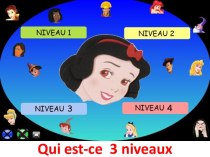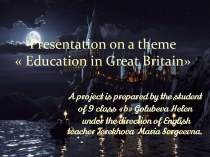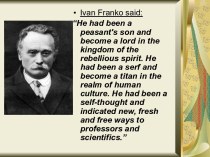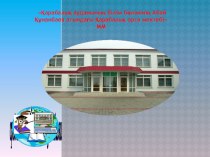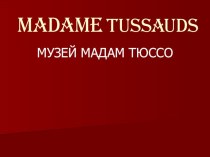- Главная
- Разное
- Бизнес и предпринимательство
- Образование
- Развлечения
- Государство
- Спорт
- Графика
- Культурология
- Еда и кулинария
- Лингвистика
- Религиоведение
- Черчение
- Физкультура
- ИЗО
- Психология
- Социология
- Английский язык
- Астрономия
- Алгебра
- Биология
- География
- Геометрия
- Детские презентации
- Информатика
- История
- Литература
- Маркетинг
- Математика
- Медицина
- Менеджмент
- Музыка
- МХК
- Немецкий язык
- ОБЖ
- Обществознание
- Окружающий мир
- Педагогика
- Русский язык
- Технология
- Физика
- Философия
- Химия
- Шаблоны, картинки для презентаций
- Экология
- Экономика
- Юриспруденция
Что такое findslide.org?
FindSlide.org - это сайт презентаций, докладов, шаблонов в формате PowerPoint.
Обратная связь
Email: Нажмите что бы посмотреть
Презентация на тему по английскому языку New York
Содержание
- 2. New York – introduction New York City's
- 3. "New York" mean? New York was named
- 4. New York became the 11th state in
- 5. The symbols of New YorkThe flag of New YorkThe emblem of New York
- 6. New – York is situated at the
- 7. Manhattan is a heart
- 9. Brooklyn BridgeOpened in 1883, the Brooklyn Bridge
- 10. Some facts about Brooklyn Bridge Brooklyn Bridge
- 12. Times SquareBy the end of the nineteenth
- 13. Times Square TodayToday Times Square is a
- 14. Many people come to Times Square for
- 15. Paramount Building and Visitors CenterThe most famous
- 16. The top of the building, featuring the clock and globe, as seen from the west.
- 17. The Statue of Liberty is perhaps New
- 18. "The Statue of Liberty Enlightening the World"
- 19. Statue of LibertyThe statue was designed
- 20. Скачать презентацию
- 21. Похожие презентации
New York – introduction New York City's five boroughs are home to some of the world's most recognizable, cherished landmarks and attractions. From Times Square and Central Park to the Empire State Building and One World
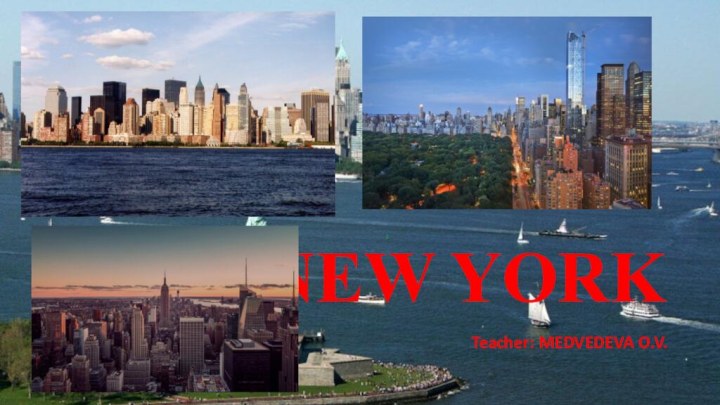

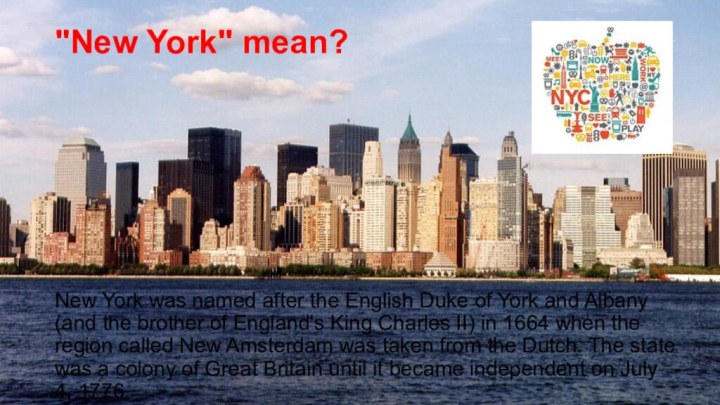


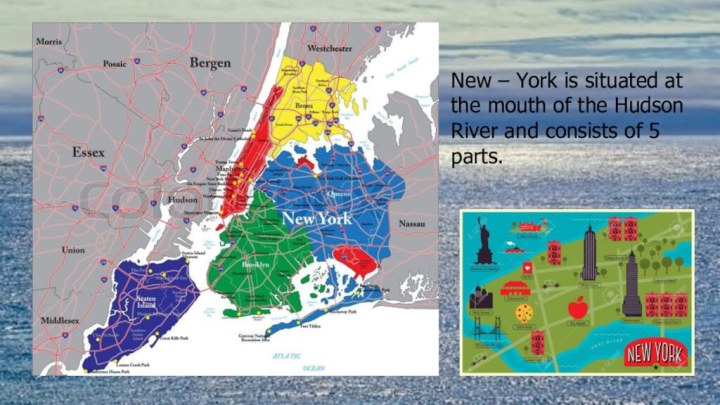

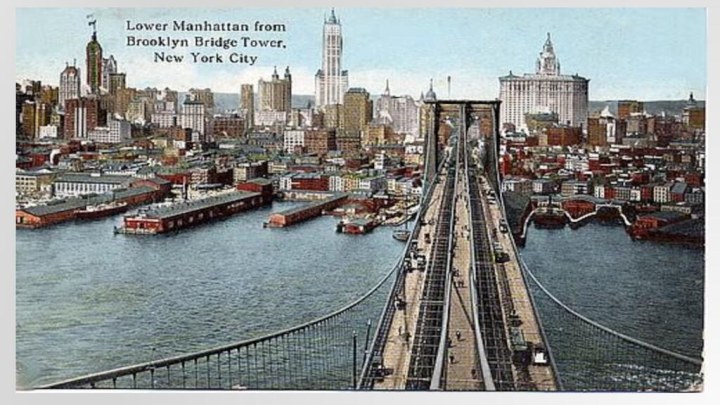
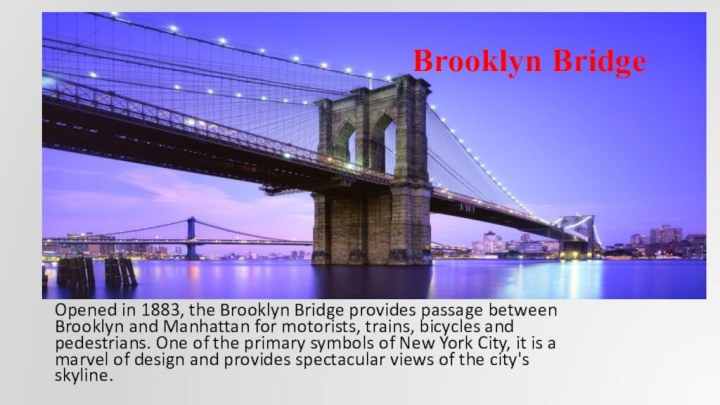
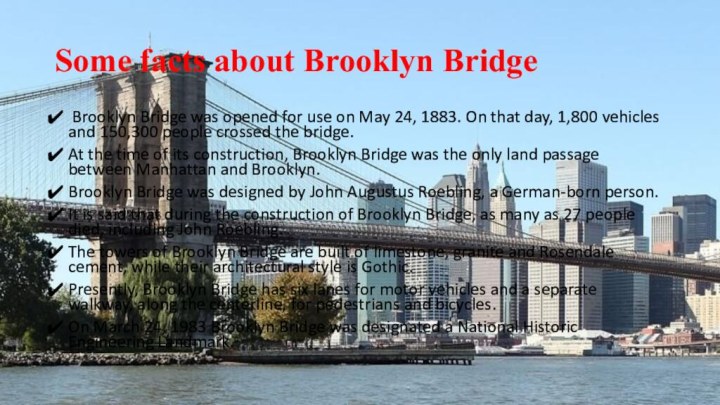
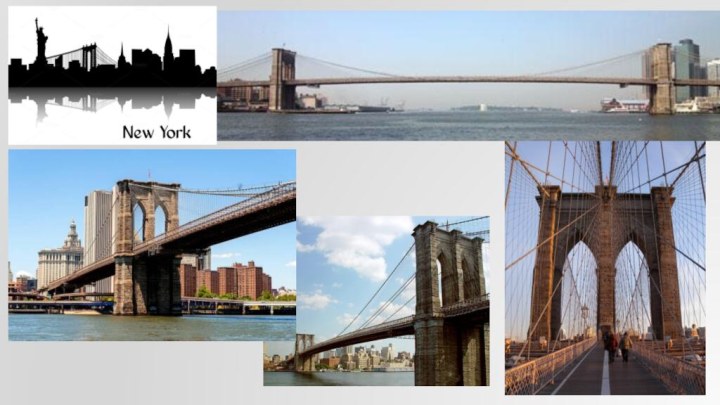

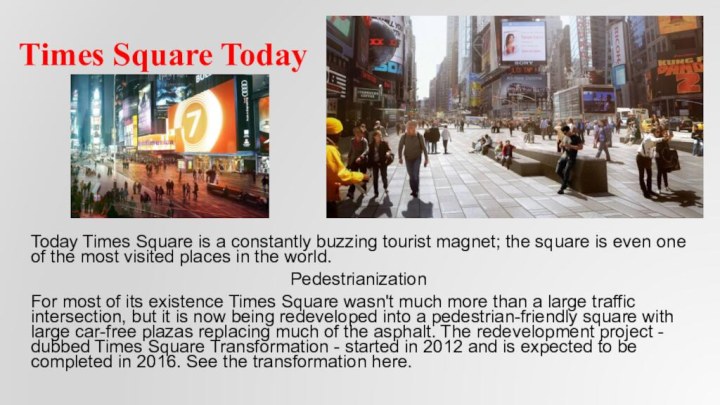


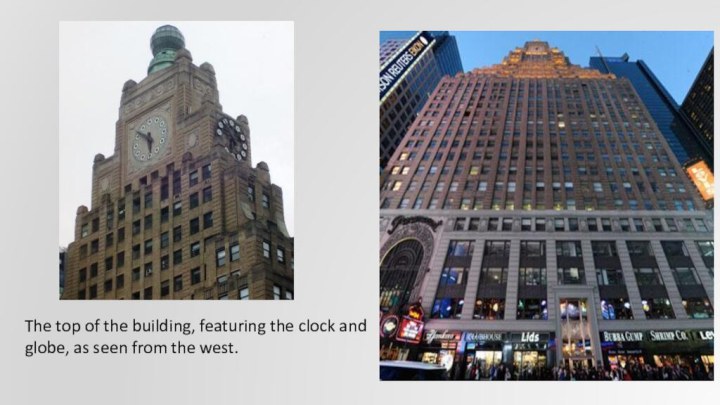

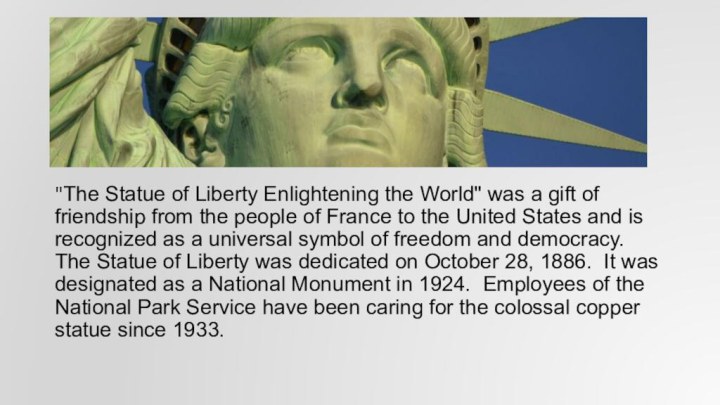
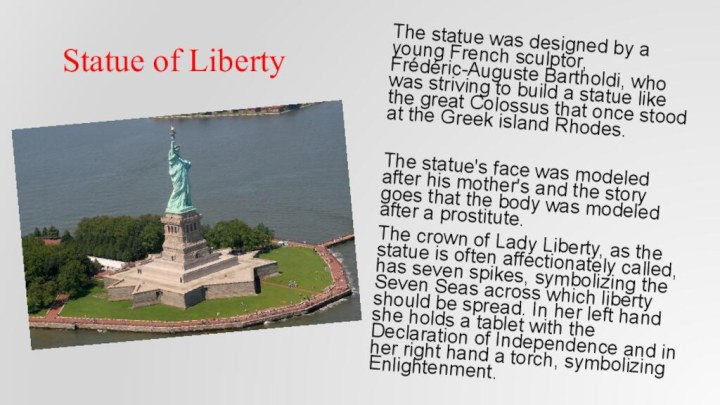
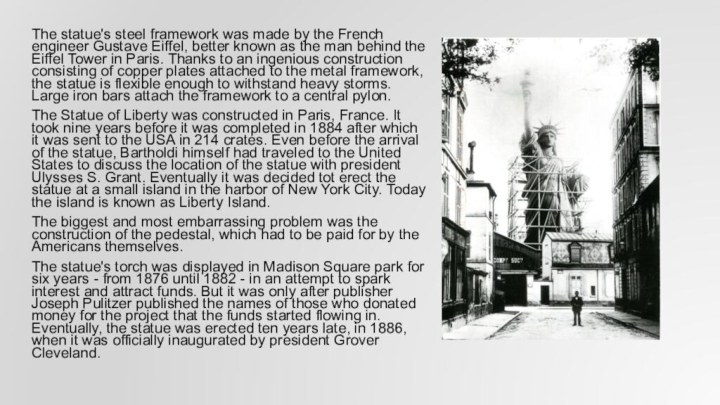
Слайд 3
"New York" mean?
New York was named after the
English Duke of York and Albany (and the brother
of England's King Charles II) in 1664 when the region called New Amsterdam was taken from the Dutch. The state was a colony of Great Britain until it became independent on July 4, 1776Слайд 4 New York became the 11th state in 1788.
The New York quarter features 11 stars, an outline
of the state showing the Hudson river and Erie canal, the Statue of Liberty, and the caption "Gateway to Freedom"Слайд 7 Manhattan is a heart of
New York. It is an island just 13 miles
long and 2 miles wide. It is the centre of American finance, advertisement, trade and even more. The borough of Manhattan is what most people think New York. New York is one of the most exciting cities in the world.Manhattan is divided into two parts: the East Side and the West Side. The dividing line is Fifth Avenue. So, for example, East 47th Street begins at Fifth Avenue, as West 47th Street does.
Manhattan
It is the centre of American finance, advertising, art, theatre, publishing, fashion – and everything else.
Слайд 9
Brooklyn Bridge
Opened in 1883, the Brooklyn Bridge provides
passage between Brooklyn and Manhattan for motorists, trains, bicycles
and pedestrians. One of the primary symbols of New York City, it is a marvel of design and provides spectacular views of the city's skyline.
Слайд 10
Some facts about Brooklyn Bridge
Brooklyn Bridge was
opened for use on May 24, 1883. On that
day, 1,800 vehicles and 150,300 people crossed the bridge.At the time of its construction, Brooklyn Bridge was the only land passage between Manhattan and Brooklyn.
Brooklyn Bridge was designed by John Augustus Roebling, a German-born person.
It is said that during the construction of Brooklyn Bridge, as many as 27 people died, including John Roebling.
The towers of Brooklyn Bridge are built of limestone, granite and Rosendale cement, while their architectural style is Gothic.
Presently, Brooklyn Bridge has six lanes for motor vehicles and a separate walkway, along the centerline, for pedestrians and bicycles.
On March 24, 1983 Brooklyn Bridge was designated a National Historic Engineering Landmark.
Слайд 12
Times Square
By the end of the nineteenth century,
New York City had expanded up to 42nd street
and the area was becoming the center of the city's social scene. In 1904, the New York Times built the Times Tower on 43rd street just off Broadway to replace its downtown premises. The square in front of the building was called Longacre square, but was soon renamed Times Square. The name is now used for the area between 40th and 53rd street and 6th and 9th avenue.
Слайд 13
Times Square Today
Today Times Square is a constantly
buzzing tourist magnet; the square is even one of
the most visited places in the world.Pedestrianization
For most of its existence Times Square wasn't much more than a large traffic intersection, but it is now being redeveloped into a pedestrian-friendly square with large car-free plazas replacing much of the asphalt. The redevelopment project - dubbed Times Square Transformation - started in 2012 and is expected to be completed in 2016. See the transformation here.
Слайд 14 Many people come to Times Square for the
ambiance and the billboards spectacle, but there are also
many restaurants and shops - well over 100 - in the area including some crowd-pullers such as the Disney Store and a large Toys "R“ Us. But Times Square is best known for its entertainment, and plenty of visitors come here to attend a Broadway show. Times Square is also home to MTV's headquarters and ABC's 'Good Morning America' is broadcast in front of a live audience from its office at 44th and Broadway.
Слайд 15
Paramount Building and Visitors Center
The most famous building
at the square is undoubtedly the iconic Paramount Building.
The building was home to the Paramount theater where stars such as Fred Astaire, Bing Crosby and Frank Sinatra performed in their heyday. Unfortunately the theater was demolished and the Paramount building is now merely an office tower.Another former theater, the Embassy Theater, is now the home of Times Square's own visitors center. Here you can get information about events and Broadway shows. There's also a small museum that tells the history of Times Square.
Слайд 17 The Statue of Liberty is perhaps New York
City's most familiar landmark and the easiest one to
overlook since it's only accessible by boat. This historic monument has welcomed so many generations of hopeful Americans to Ellis Island. The American Family Immigration History Center at Ellis Island contains more than 25 million Port of New York passenger arrival records and 900 ship pictures circa 1892–1924.Слайд 18 "The Statue of Liberty Enlightening the World" was
a gift of friendship from the people of France
to the United States and is recognized as a universal symbol of freedom and democracy. The Statue of Liberty was dedicated on October 28, 1886. It was designated as a National Monument in 1924. Employees of the National Park Service have been caring for the colossal copper statue since 1933.
Слайд 19
Statue of Liberty
The statue was designed by
a young French sculptor, Frédéric-Auguste Bartholdi, who was striving
to build a statue like the great Colossus that once stood at the Greek island Rhodes.The statue's face was modeled after his mother's and the story goes that the body was modeled after a prostitute.
The crown of Lady Liberty, as the statue is often affectionately called, has seven spikes, symbolizing the Seven Seas across which liberty should be spread. In her left hand she holds a tablet with the Declaration of Independence and in her right hand a torch, symbolizing Enlightenment.



